Affiliate disclosure: This post may contain affiliate links. Please see our Privacy Policy.
Alpine strawberries are a real treat, but you’ll never see these fresh summer fruits at the grocery store. Learn to grow alpine strawberries, and you can easily harvest them at home.
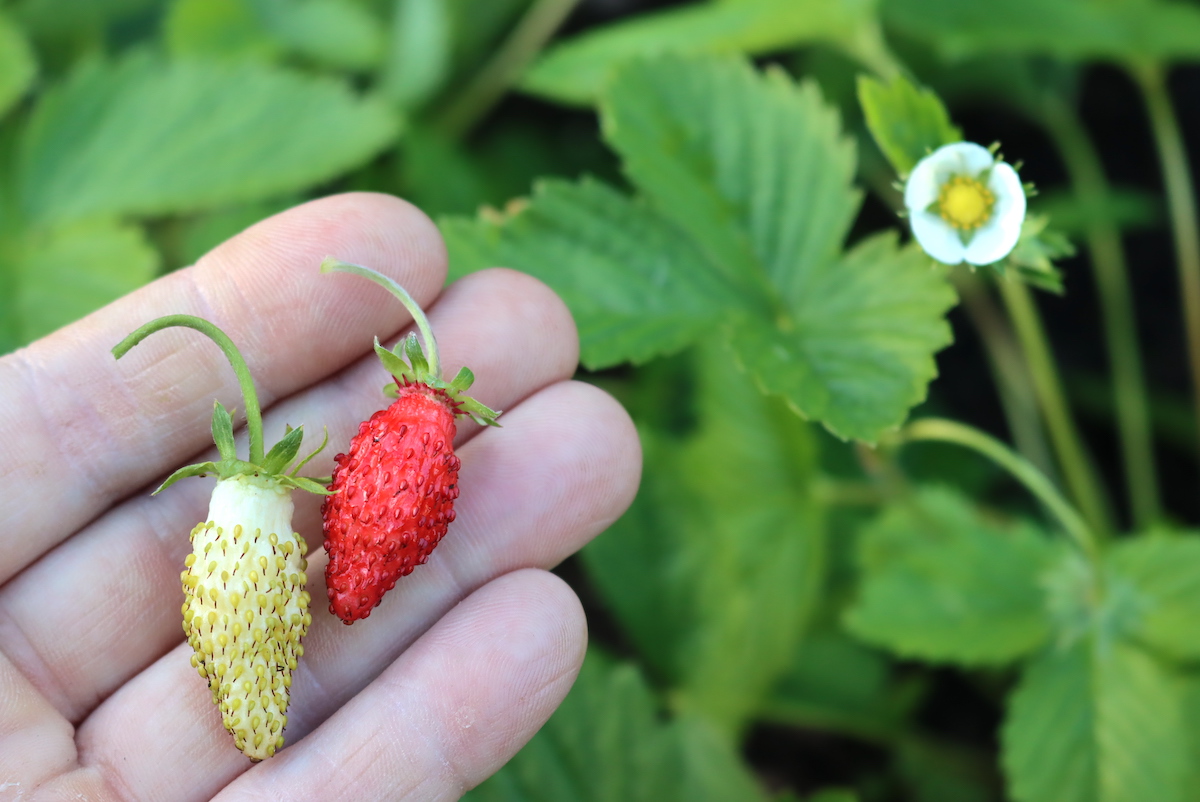
The first time I had an alpine strawberry, I couldn’t believe what I was tasting: it tasted like the Platonic ideal of a strawberry, what strawberries should and were meant to taste like. I knew at that moment I had to get my hands on some, and since this was a strawberry I knew I’d never be able to buy (it has a near-nonexistent presence commercially), I decided to grow my own.
Alpine strawberries are not a new phenomenon, they grow wild in wooded areas all over the world, and there’s evidence that Stone Age civilizations ate them — not to mention the fact that they were first domesticated in ancient Persia.
Humans have been developing alpine strawberry varieties for at least 300 years, and eager horticulturalists are still tinkering with this diminutive perennial to refine the fruit’s incredible sweet flavors even more.
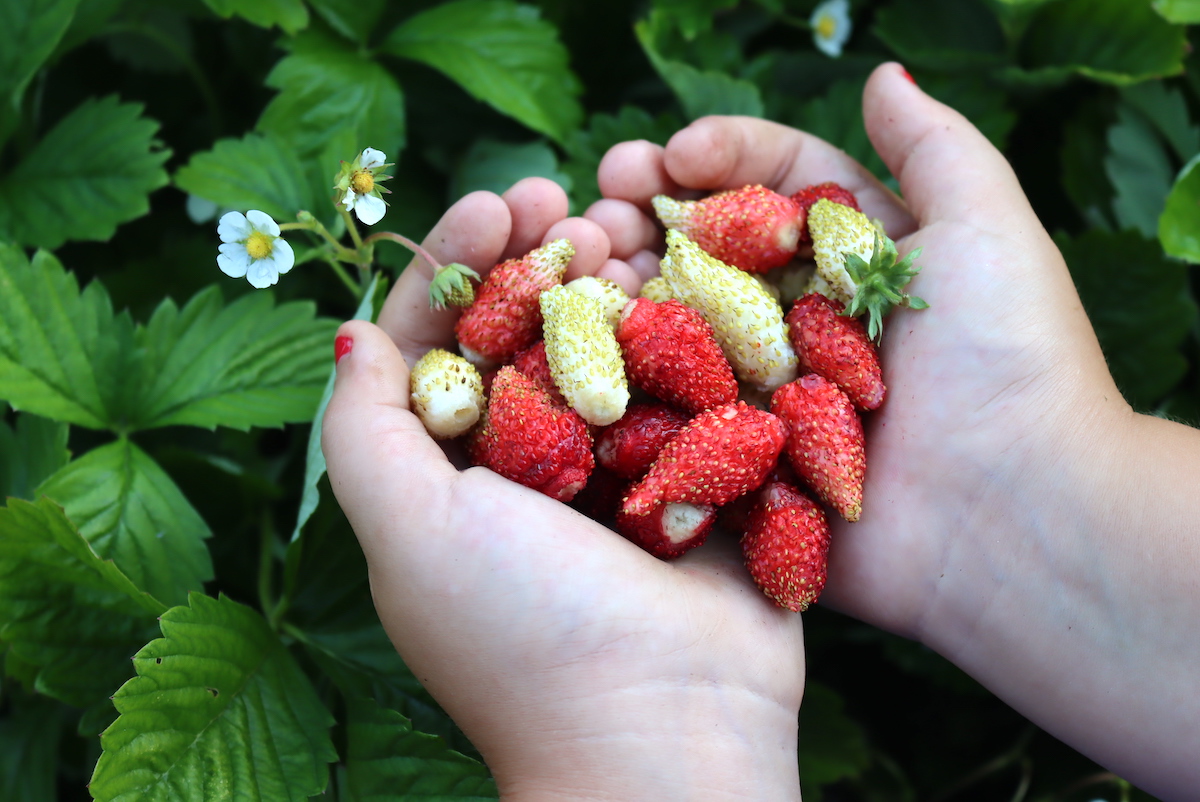
Fortunately, alpine strawberries are a fairly easy-to-work-with addition to your backyard (or even container!) garden — especially when compared to “regular” strawberry plants.
Overall, we’ve found them to be much easier to grow, dependable, heat tolerant, and drought resistant than conventional strawberries.
I’m going to take you through the planting, growing, and harvesting process step-by-step, as well as give you information about the different varieties you can choose from and the myriad ways they can be used in the kitchen.
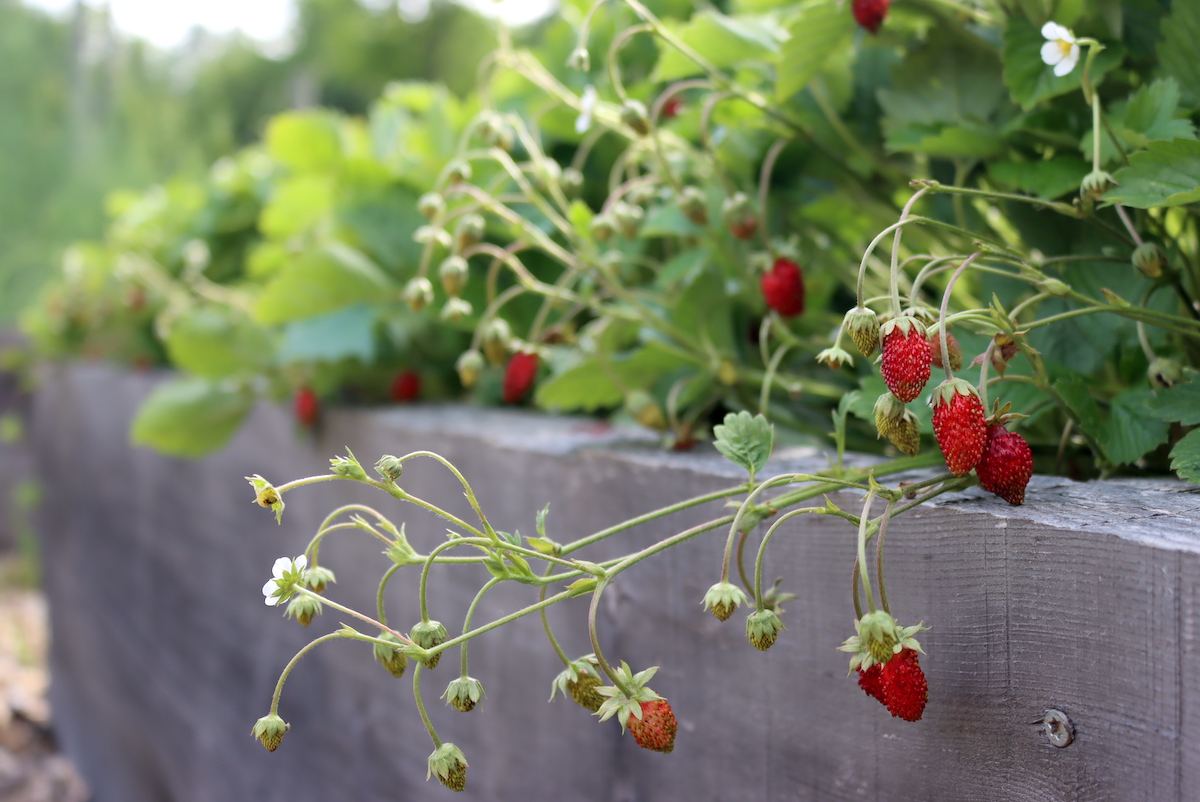
What Are Alpine Strawberries?
Alpine strawberries, also known as woodland strawberries, fraises des bois, or Fragaria vesca (their scientific name), are a type of wild strawberry found in many parts of North America, Europe, and Asia.
Alpine strawberries are known for their intense sweetness, delicate size, and for their price tag, making them a favorite ingredient of restaurants and patisseries, where they are added to salads, desserts, and pastries and then sold for an exorbitant amount of money.
Luckily for home gardeners, alpine strawberries are easy to grow in your own backyard and need very little attention, which means you can enjoy alpine strawberries free-of-charge, whenever you feel like it.
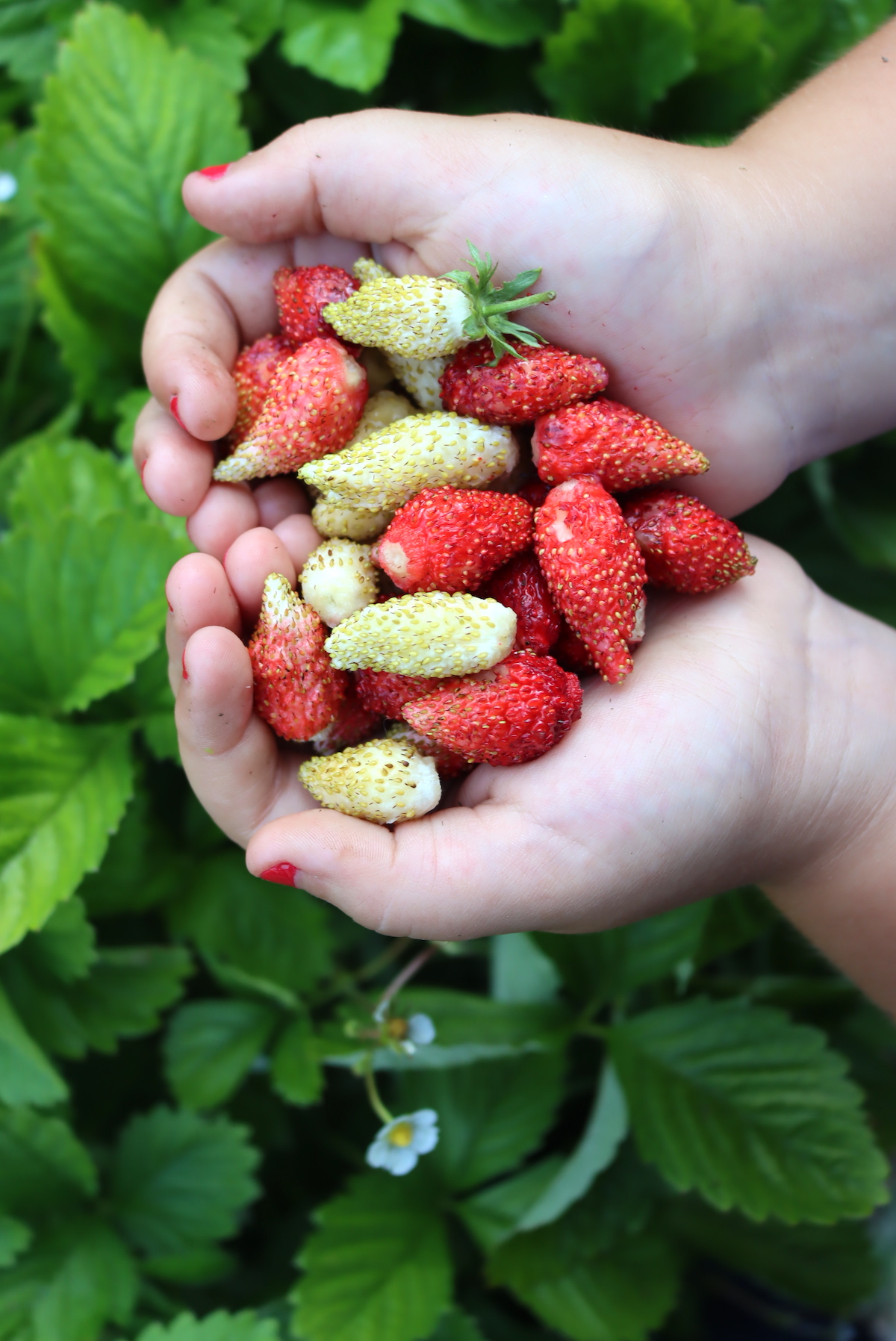
How Are Alpine Strawberries Different From Other Strawberries?
When it comes to a difference in taste between alpine strawberries and other strawberries, there’s no contest about which one I’d prefer to eat if I had to choose.
Unlike regular strawberries, which have a tendency to be somewhat watery with a sometimes-muted flavor (especially store-bought strawberries), alpine strawberries have a concentrated, definitive sweetness that comes close to tasting like fruit-flavored candy.
In terms of appearance, alpine strawberries are much smaller than other types of strawberries and are conical in shape. Compared to other types of strawberries, the actual foliage of this near-runnerless variety is quite dainty.
Regular strawberry plants have runners, which are essentially twigs that spring from the root system, and propagate horizontally. Alpine strawberries, on the other hand, often lack runners and simply grow larger over time as the plant matures. (This can vary by variety, and some alpines produce runners too.)

If you’ve ever grown other types of strawberries in your garden only to have them try and take over the whole space, you’ll be happy to know alpine strawberries are content to stay in one spot.
Unlike regular strawberries, which have a smaller harvest window, alpine strawberry plants are everbearing and will continue to grow over the course of the summer. We’ve actually found that they bare heaviest during the hottest part of the summer, when regular strawberries can’t handle the heat.
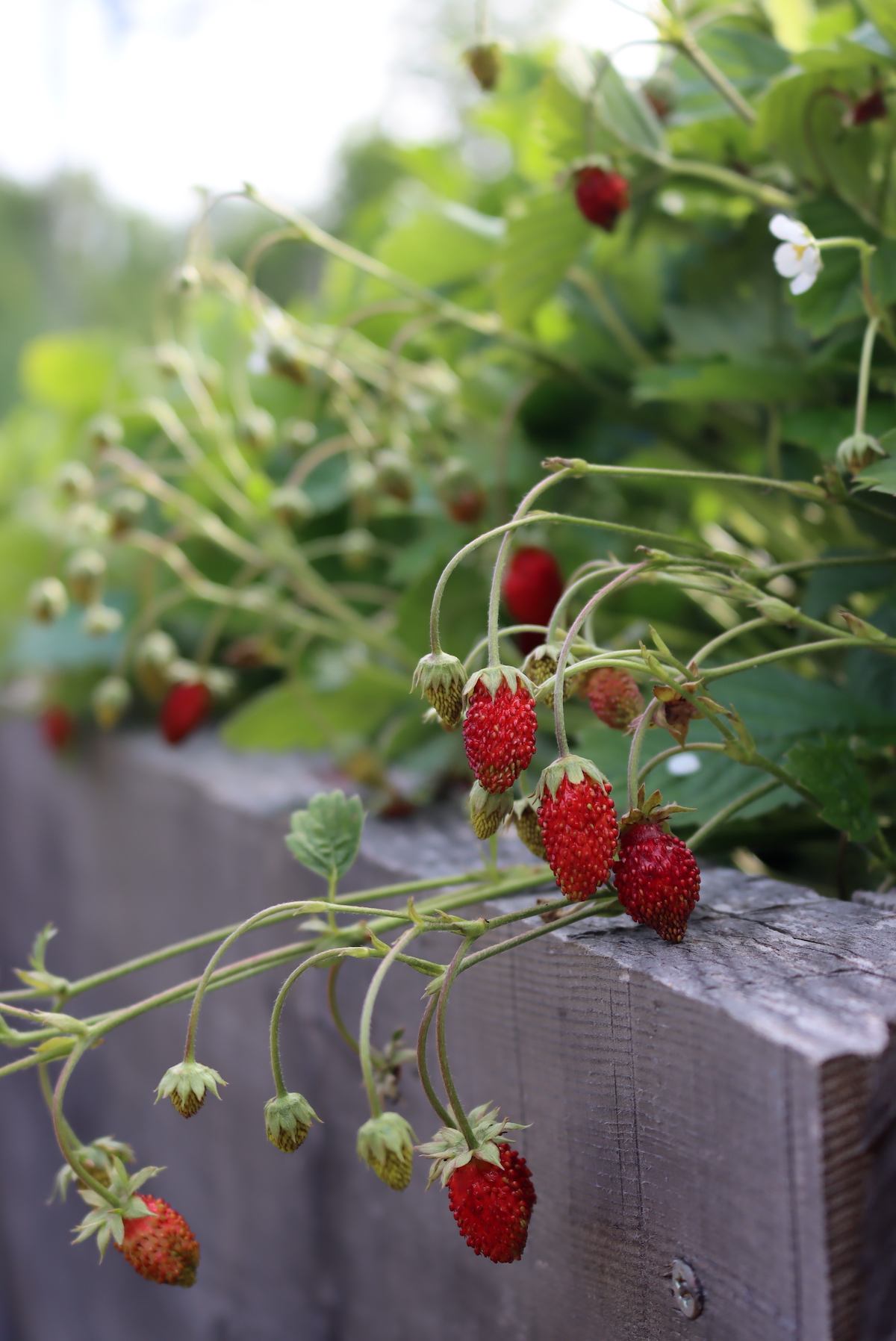
Each plant will produce all season long, and while you’ll only pick a handful of fruit from any plant each week, the fact that they produce all summer means they actually produce as much as conventional strawberries (just over a longer time period).
All you need are a couple of plants to have a steady source of beautiful alpine strawberries over the entire summer — you can eat them as you go or freeze and save them for a big batch of alpine strawberry jam or jelly!

Are Alpine Strawberries Wild Strawberries?
Alpine strawberries (Fragaria vesca) are sometimes called “wild strawberries,” but that’s not the whole story. Generally, when people refer to alpine strawberries, they’re talking about the intensely flavored fruits with a distinctive elongated shape.
Yes, they do grow wild in Europe and even some parts of the US, but most of the “wild strawberries” in the US are actually other species.
Fragaria virginiana (common strawberry) and Fragaria Vesca Americana (wood strawberry) hybridize readily here in the US, leading to something that is a delicious tiny strawberry but something distinct from the European Alpine Strawberry.
It gets complicated quickly, but no worries, they’re all delicious.
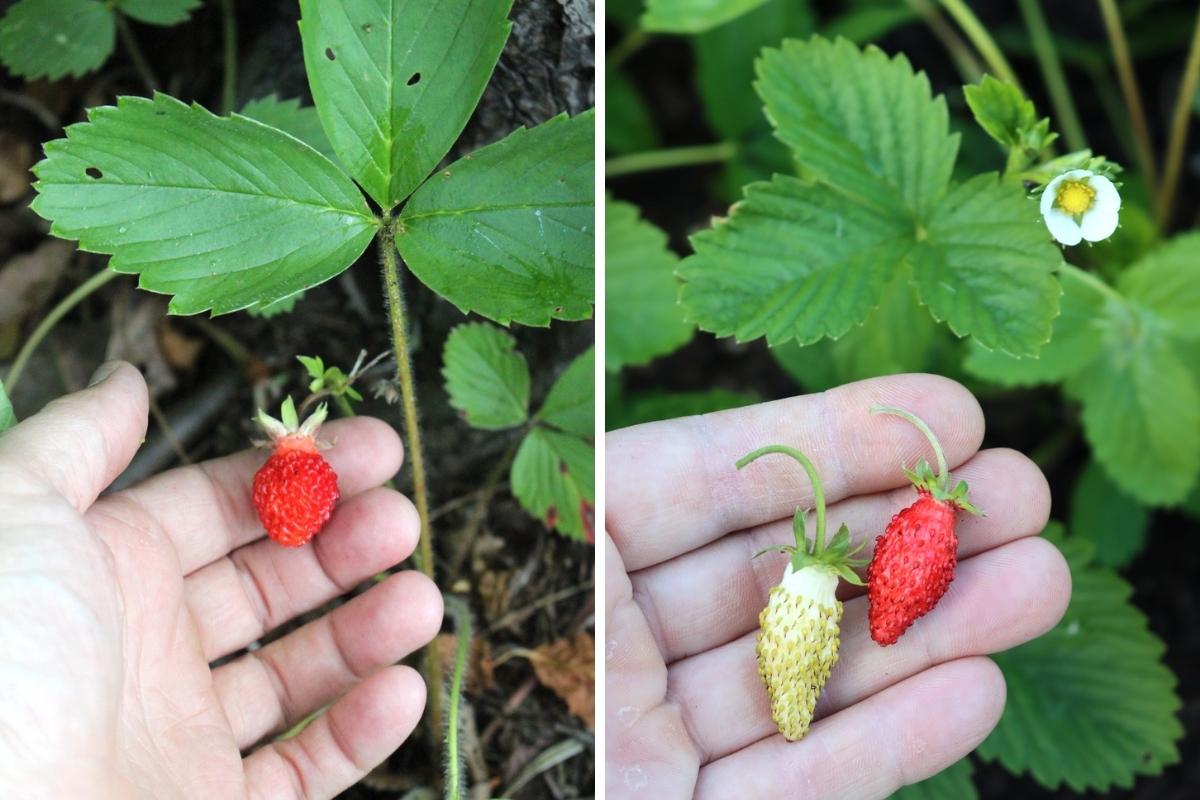
Alpine Strawberry Varieties
There are several varieties of alpine strawberries to choose from, and they generally come in red, yellow and white varieties. Here are some of the most popular varieties of alpine strawberries:
- Alexandria: red fruit, produces few runners, typically start producing fruit the second summer planted (or first fall)
- Baron von Solemacher: antique German variety that bears deep red berries, early-fruiting variety, first offered by a German seed merchant in 1935
- Mignonette: French variety, red fruit that grows bigger than other alpine strawberries, good for container gardening
- Ruegen: bears red fruit from June until late fall, no runners, good for container gardening, evergreen in warmer areas
- White Soul: white or cream-colored fruit, reaches only 6 inches in height
- Regina: red fruit, very easy to grow from seed, works well for container gardening
- Pineapple Crush: white fruit, pineapple-like flavor, difficult to find
- Yellow Wonder: yellow fruit, very sweet berries (sweeter than red varieties), seeds can be started as early as December with the intention of planting in early spring
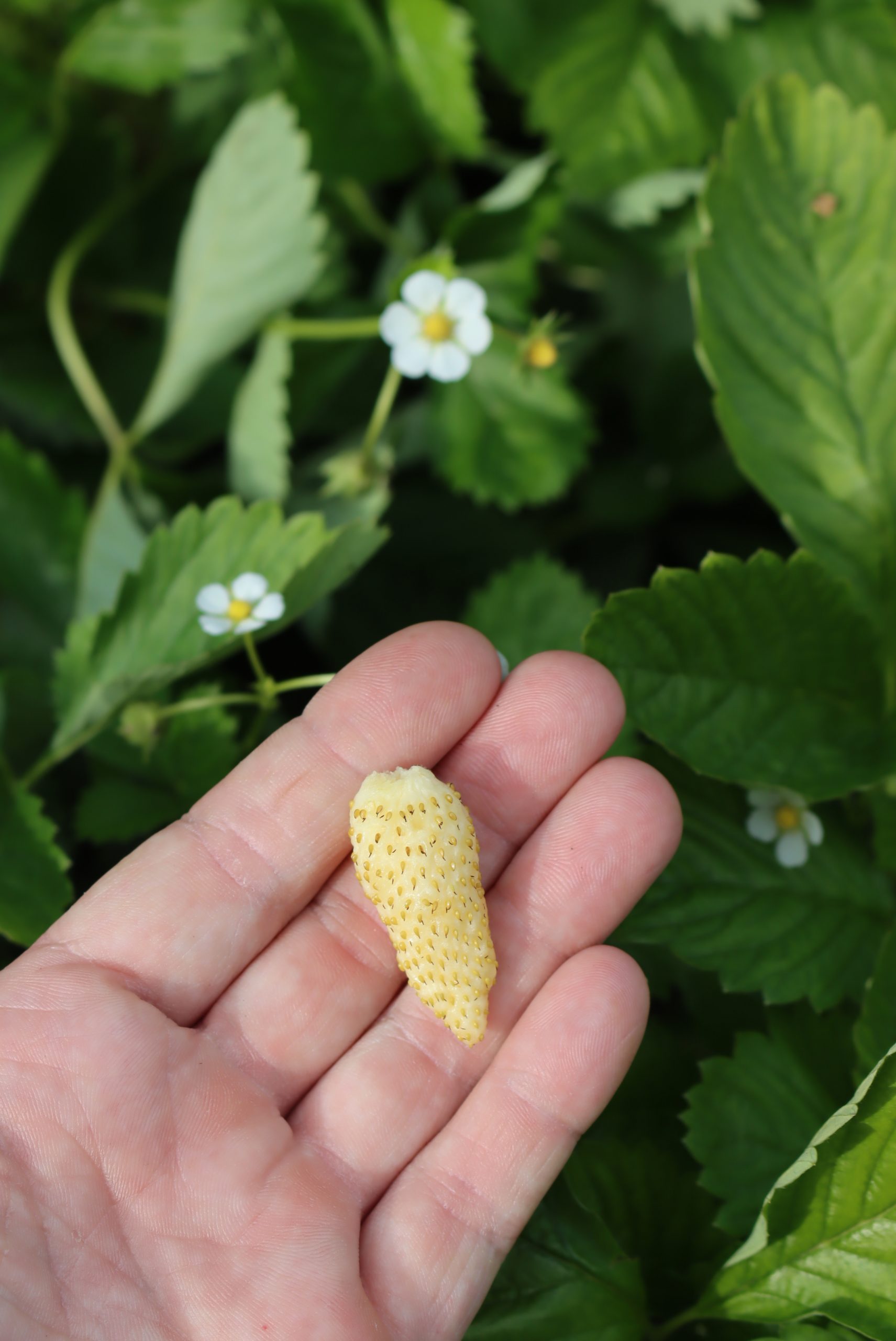
Where to Buy Alpine Strawberry Plants
Regular strawberry plants are often sold as bare root, and that works well since they have sturdy crowns and very short, thick roots. Alpine strawberries, on the other hand, have incredibly long, deep but delicate roots. Bare root isn’t an option with plants like that.
That leaves either live plants, or seeds.
We’ve done both, but buying plants was honestly a lot easier. Young strawberry plants grown from seed are quite delicate, and they’ll take a few years to put out flowers or fruit.
Alpine strawberry seed is hard to find, but you can get it from a few mail-order seed catalogs, including:
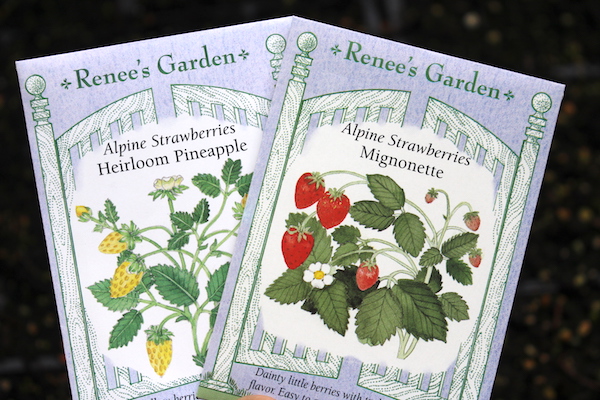
Unlike seed-grown starts, plant plugs or already started alpine strawberry plants will put out fruit their first year, and they’re much more sturdy than delicate seedlings. They’re surprisingly inexpensive for live plants, and I purchased mine from this store on Etsy for just a few dollars a plant (with free shipping even).
I’ve actually had great luck buying fruiting plants on Etsy, and it’s a great place to find small-scale producers that are raising rare or unique plants. At this point, there are more stores on Etsy selling alpine strawberries than anywhere else on the internet.
Alpine strawberries are only rarely sold in local nurseries, but if you happen to see them, local is always a great option too.
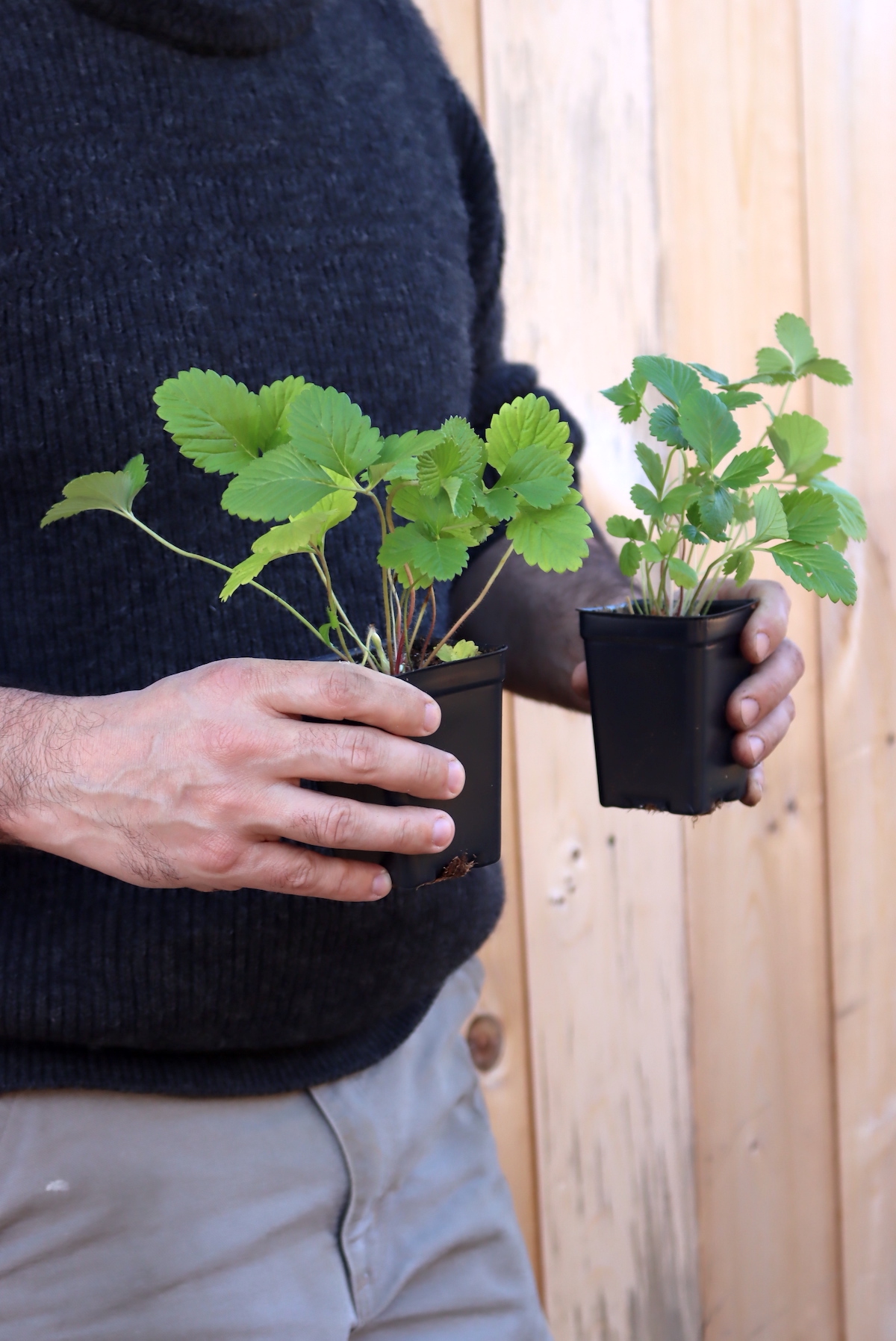
How to Grow Alpine Strawberries
Alpine strawberries require far less maintenance than regular strawberry plants, are quite unfussy as fruit-bearing perennials go. With that in mind, there are a few important factors to consider when planning a new crop of berries.
Sun
Alpine strawberry plants will grow best in full sunlight. However, there’s some wiggle room when it comes to sun preference. Most types of alpine strawberries will tolerate partial sun as long as they get between 4 to 6 hours on most days.
Ideally, the temperature range should fall between 60 and 70 degrees F as both high heat and frost can cause damage to the leaves and the plant as a whole.

Soil
Alpine strawberries will thrive if planted in well-draining, loamy, slightly acidic soil (aim for a pH of 6.0 to 6.5 or as close as possible) that contains plenty of organic material. I like to use compost as mulch when planting alpine strawberries, and they appreciate the extra organic matter.
Unlike conventional strawberries which have very shallow roots systems, alpine strawberries send roots deep into the soil. This means they’ll need good healthy soil down to a depth of at least 2 feet, so don’t expect to plant them in 6” deep raised beds.

Water
Alpine strawberry plants require a moderate amount of water, but not nearly as much as regular strawberry varieties. Since they have deeper root systems, they’re better able to tolerate drought conditions.
In ideal conditions, they’d get about an inch of water a week, and more if you have sandy soil or exceptionally hot weather. If you are watering alpine strawberries, I recommend always watering at soil level, which is when you water right at the roots — this helps prevent fungal infections and mold growth.
If you have soaker hoses you can lay down, go for it, this takes away all the guesswork, and you won’t have to stoop to ground level to get under the short foliage.
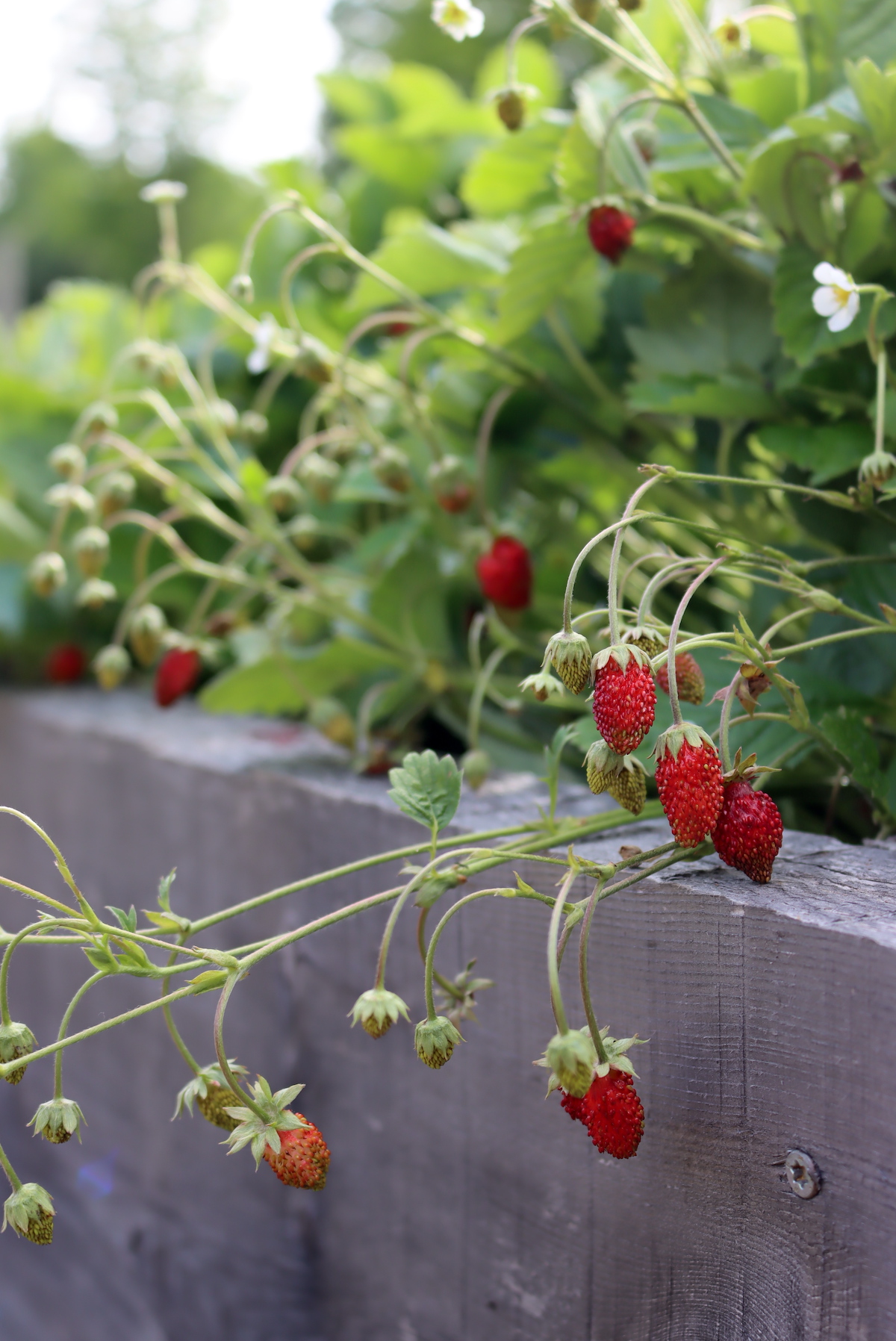
Fertilizer
Because I’m already adding compost as a mulch, I don’t find I need to add any extra fertilizer for most of my plants. Since alpine strawberries (and other berry varieties) generally prefer slightly acidic soil, I add an organic granular berry fertilizer that feeds them and helps acidify the soil.
My favorite is Espoma Organic Berry tone, and I’ve had great results using it. I also occasionally use Neptune’s Harvest liquid fish emulsion, but only when the plants are not fruiting (early in the season).
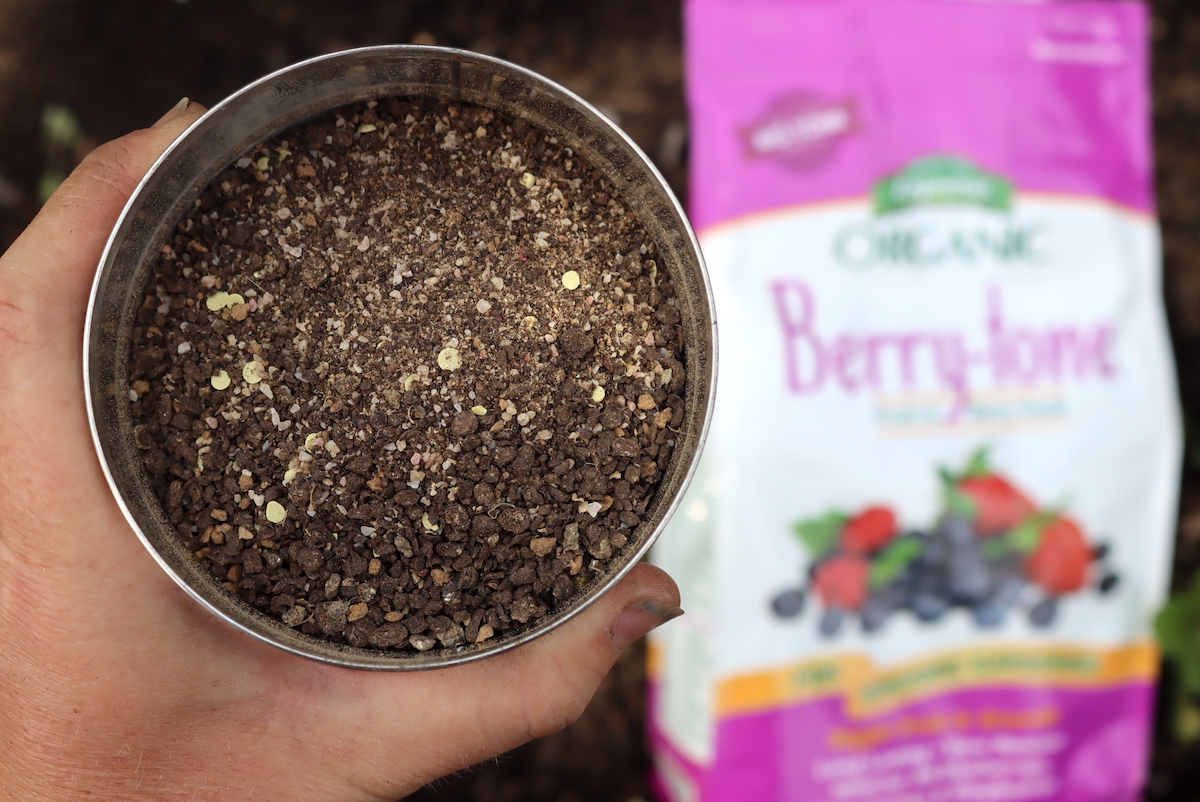
Planting Alpine Strawberries
Alpine strawberries are suited for USDA zones 3 through 8, which means they can be planted and grown successfully almost anywhere in the United States. Some varieties are only hardy to zone 5, so ensure you get a cold hardy variety if you’re in a northern climate.
If you’re growing strawberries from seed, plan to germinate about 3 months before the last frost of spring (typically sometime between December of the previous year and late February, depending on where you live).
Starting the seeds indoors is always a good idea, this gives the plants extra growing time which means there’s a greater potential for an abundance of strawberries over the course of the summer.
If you have a greenhouse or indoor seed starting grow lights, your chances of successful germination and growth are even greater, although many types of alpine strawberries grown from seed may not produce fruit the first summer.
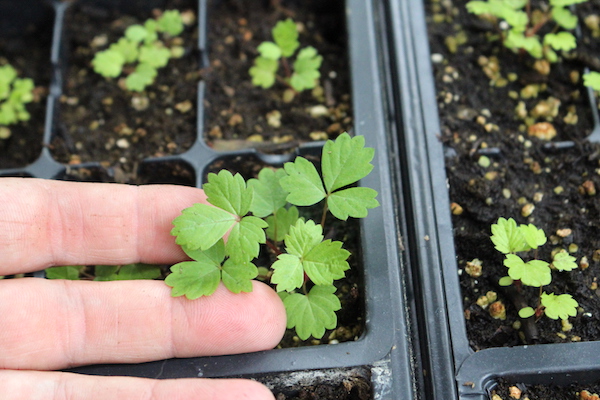
Another option is to start with alpine strawberry plants (or “plugs” as they’re called) from a nursery, which is my personal preference. Through experience, I’ve found that I’m much more likely to have hardier, early fruit-bearing plants if I take this route.
Because the plants have already gotten a head start, you’ll find that the strawberries appear much faster. If you go with starts, you’ll usually have fruit in the first year.
Most sources suggest planting alpine strawberries about 12 inches apart, making sure the root system is deeply in the ground. After one growing season, the plants are already overcrowded and just getting bigger, and I wish I’d opted for 18” spacing.
Don’t overcrowd your plants as this will make them prone to disease and pests. It also makes it a lot harder to see and pick the fruit.
Cover the base of each plant with organic matter such as shredded leaves or compost. Mulching is optional, but it’ll help ensure good soil quality and help retain soil moisture.
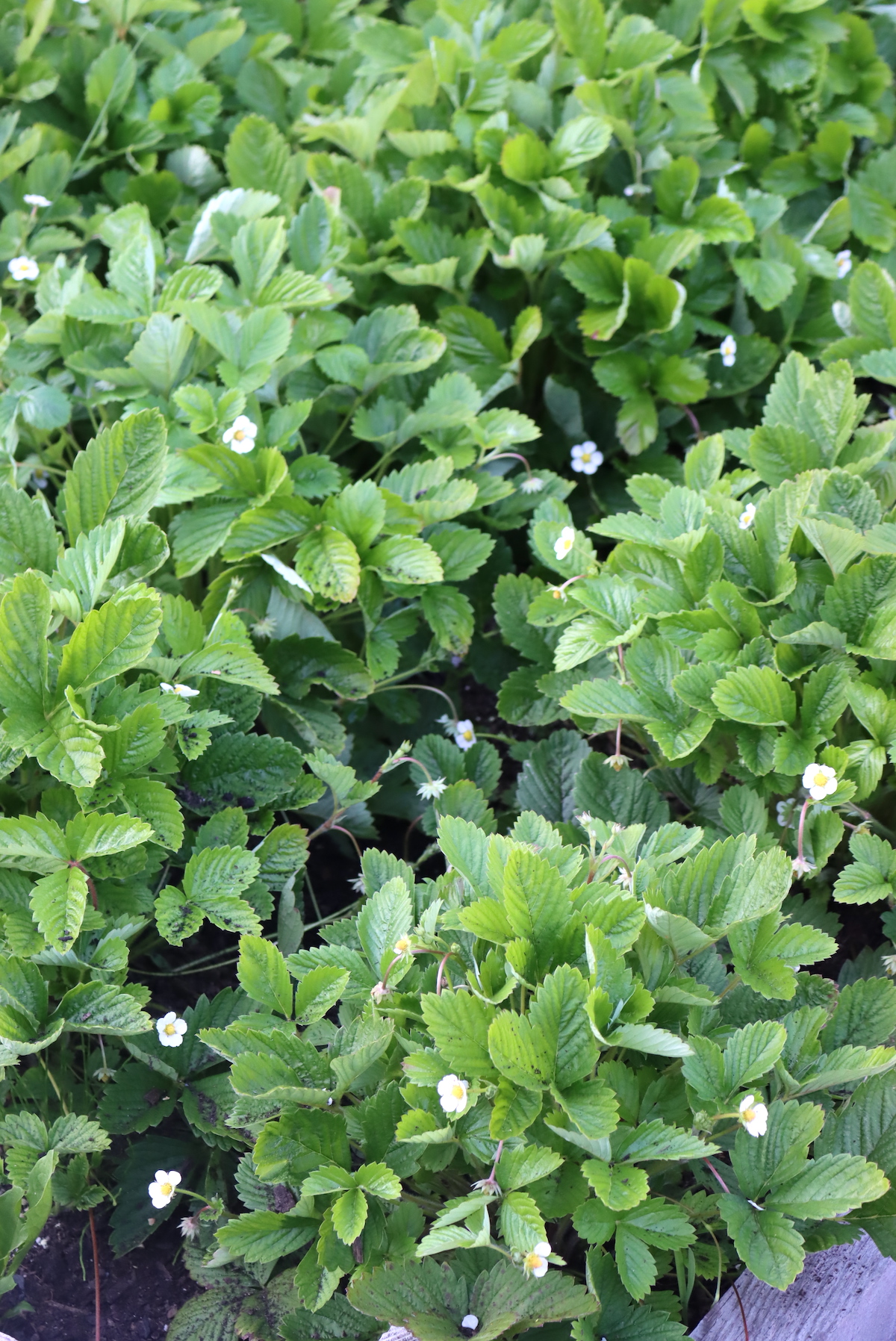
Growing Alpine Strawberries in Containers
As I mentioned above, alpine strawberries will also thrive in container gardens. They’re also the perfect size for hanging baskets, which means you can grow them in small spaces (fantastic news for balcony and patio gardeners who’ve struggled with regular strawberry plants in the past).
Make sure the pot is at least 10 inches in diameter and quite deep, following the same advice as above for soil type, sun exposure, watering, and fertilizer requirements.
Be aware that containers dry out quickly, so you’ll need to water much more frequently, especially in warm areas.
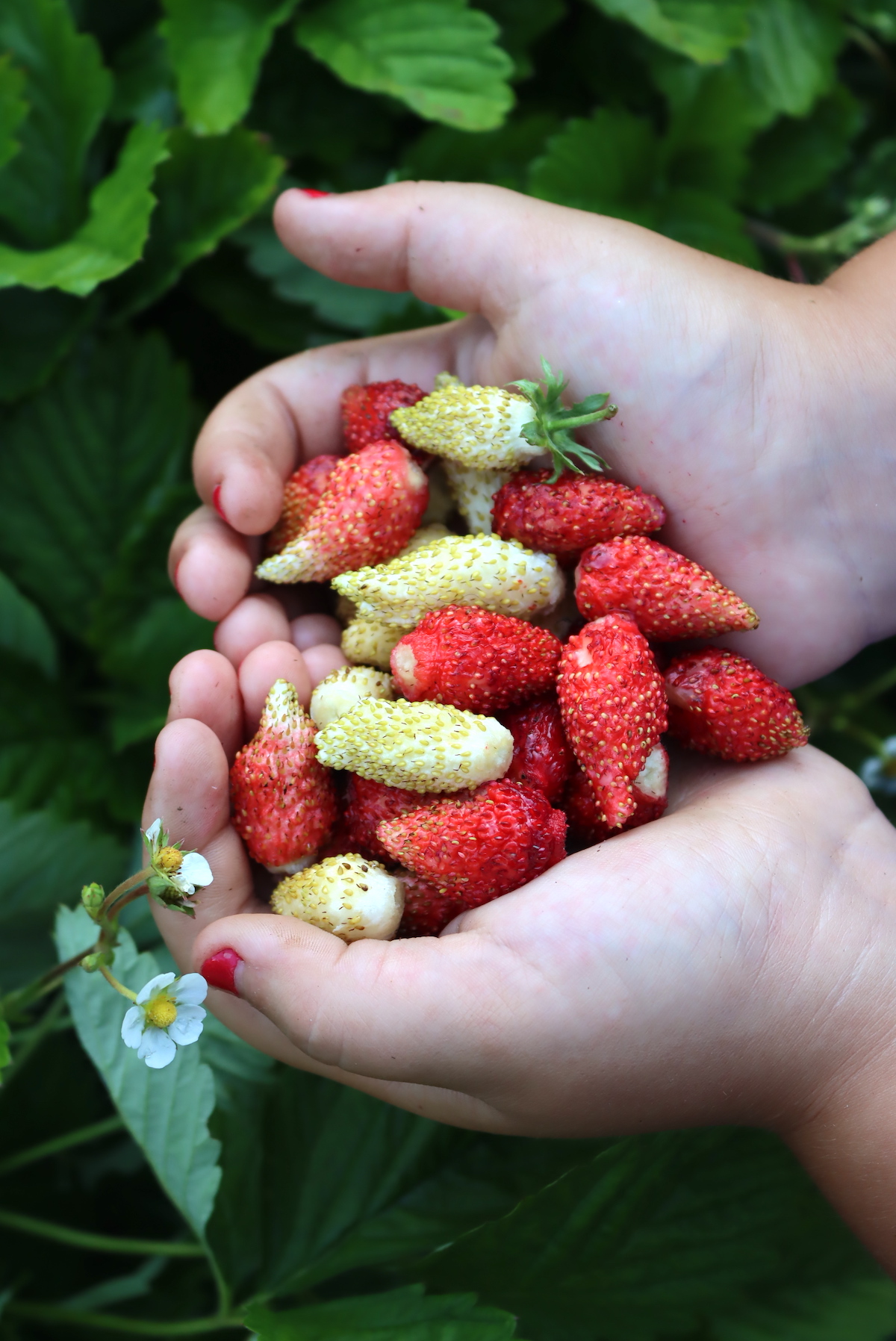
Harvesting Alpine Strawberries
While alpine strawberries don’t tend to produce fruit heavily in the first year (although some plants might surprise you), but with each passing year, the yield will continue to grow.
We harvest our berries over the course of the entire summer, picking a handful or so every day to enjoy immediately. When fully ripe, alpine strawberries will easily pull away from the plant, leaving behind their tops.
That’s different from conventional strawberries, which keep their green tops (“hulls”) after picking. That means they’re much easier to cook with, or simply pop into your mouth.
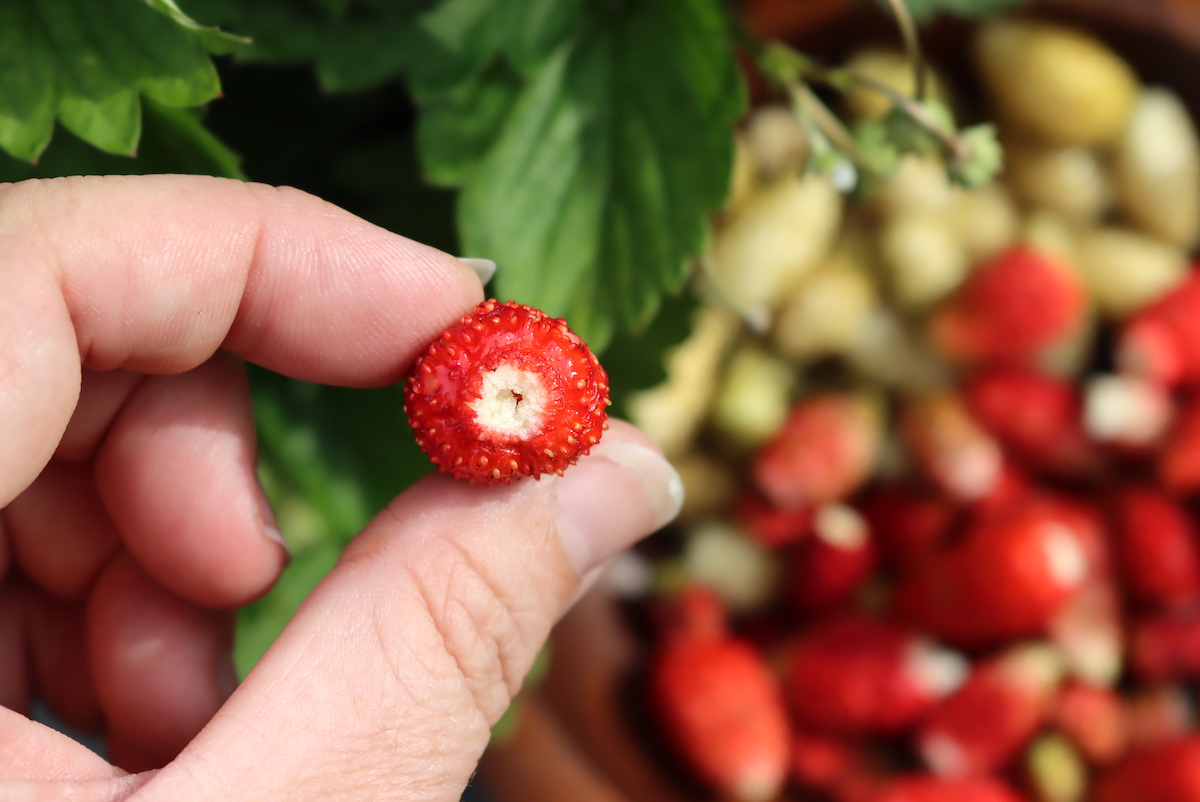
The strawberries are overripe when the seeds begin to loosen from the fruit, in addition to becoming mushy and unappetizing. The harvest window is short, and you’ll only have a day or two of peak quality before they begin to spoil if not picked.
(That’s not all that different from regular strawberries, though, at least with the flavorful heirlooms most people choose to grow at home.)
At their peak, alpine strawberries are firm and intensely flavorful, and the color will depend on the variety. They come in red, white and yellow (and every shade in between).
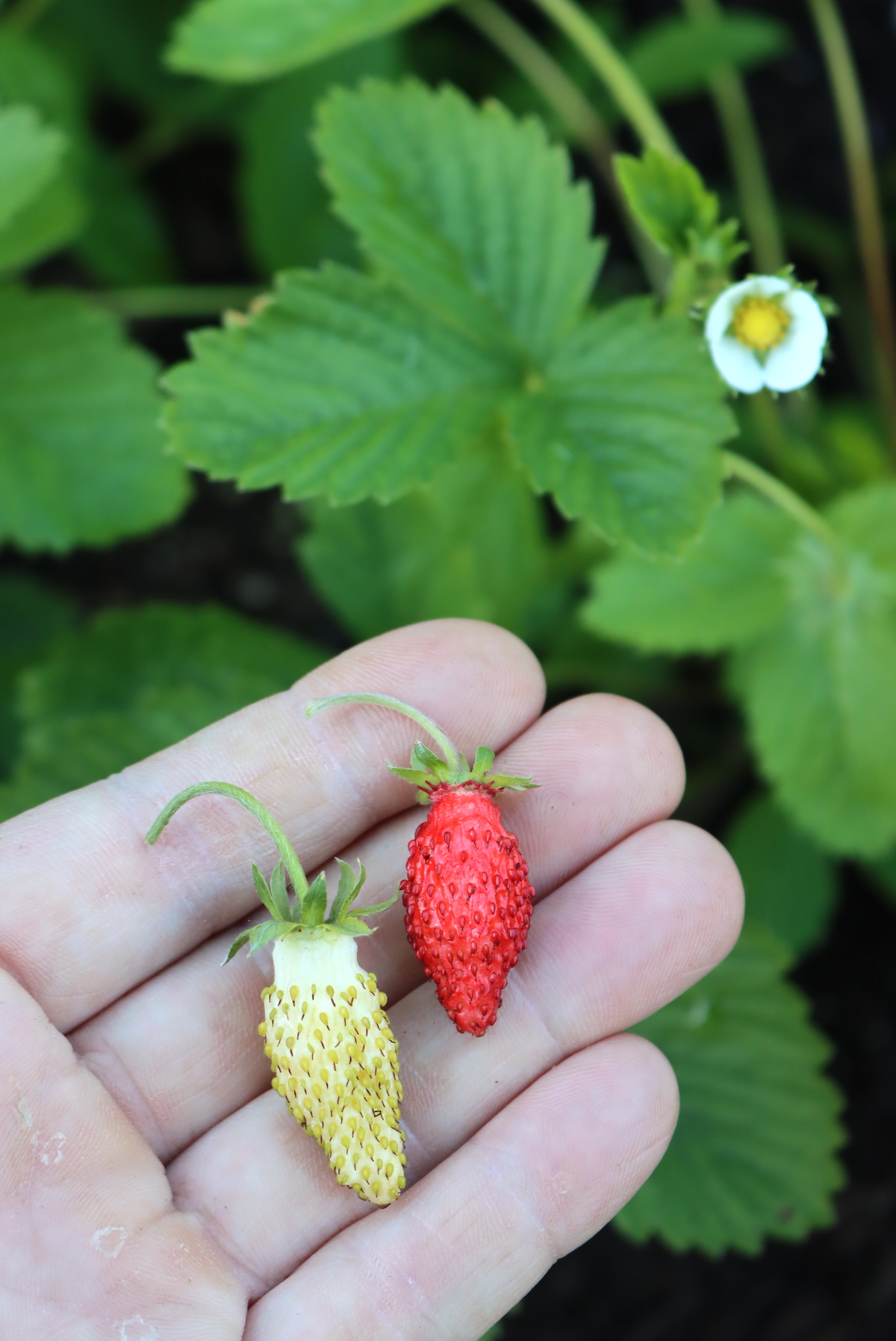
Alpine Strawberry Recipes
Alpine strawberries have an almost candy-like strawberry flavor and their pure, unadulterated sweetness makes any type of dessert or preserves recipe special occasion-worthy.
You can use them in place of regular strawberries in any recipe, or try out these specific alpine strawberry recipes for an extra special treat:
- Alpine Strawberry Ice Cream
- Alpine Strawberries, Lemon Curd, and Shortbread
- Alpine Strawberry Fool with Rose Petals
Another option is to use my wild strawberry jam recipe using only alpine strawberries or a combination of wild strawberries. I love how it only takes a couple of ingredients to preserve the taste of summer strawberries so well, especially on cold winter days when even the idea of wild strawberries seems so far away.
Fruit Growing Guides
Looking for more fruit-growing guides to keep your harvest basket full?
- How to Grow Lingonberries
- How to Grow Shipova
- How to Grow Salmonberries
- How to Grow Cornelian Cherry
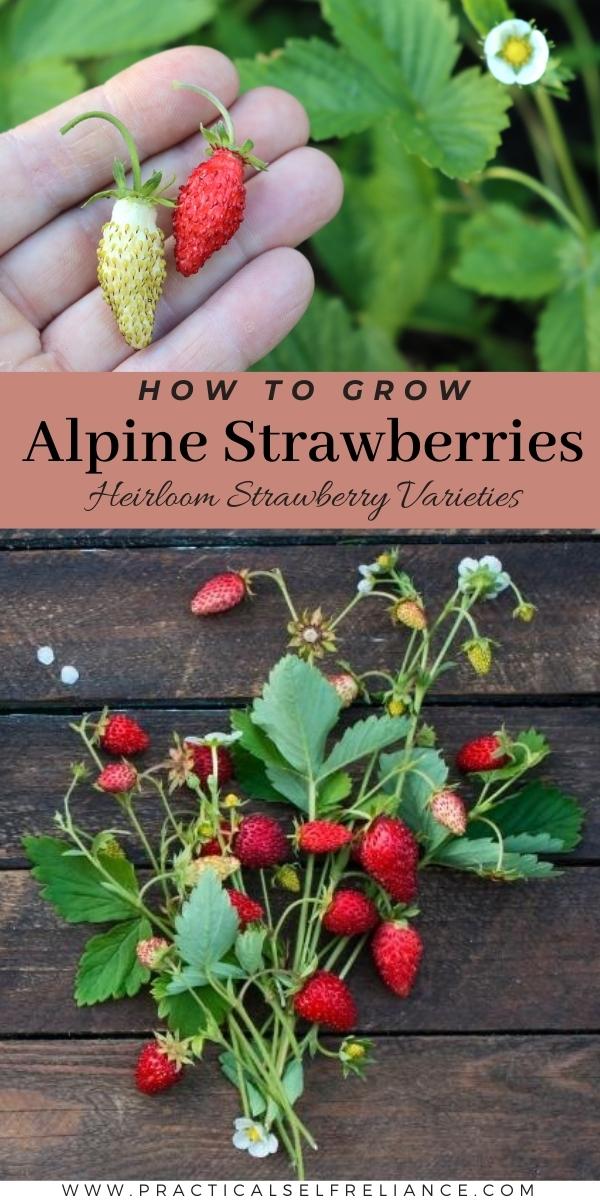
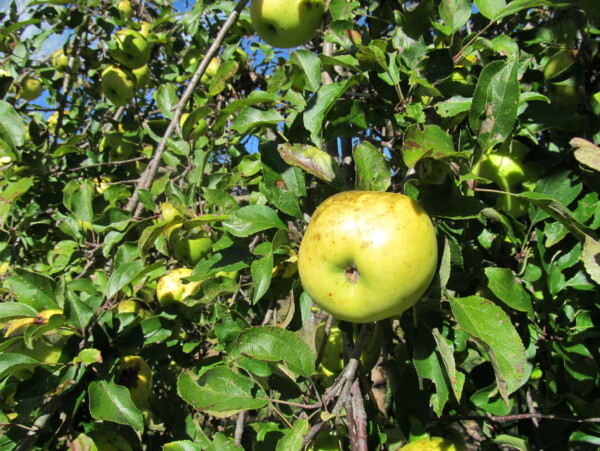



Ashley, how do you keep the critters- esp. deer and squirrels out of your strawberries and other plants???
We use fishing line to keep deer out of our garden, and I have a description of how that works here: https://practicalselfreliance.com/cheap-deer-fencing/
For squirrels, I don’t have any good advice there. We had so darn many squirrels in our garden for years, at this point, what keeps them out is our dog and cats. Without them, I don’t have a good suggestion.
Thank you. I’ve purchased Alpine plants from Etsy and plan on planting them in 5 tier container on the deck.
Wonderful! I hope you love yours as much as I love mine =)